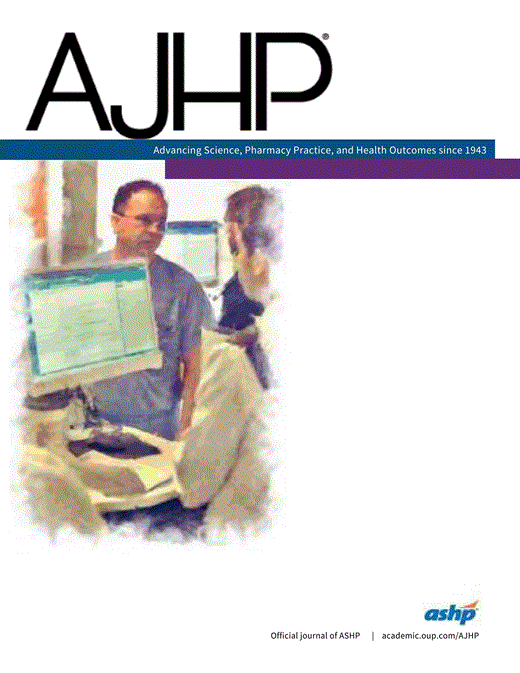-
Views
-
Cite
Cite
Annelise Thomsen, Jill M. Kolesar, Chemoprevention of breast cancer, American Journal of Health-System Pharmacy, Volume 65, Issue 23, 1 December 2008, Pages 2221–2228, https://doi.org/10.2146/ajhp070663
Close - Share Icon Share
Abstract
Purpose. The risk factors for and risk assessment of breast cancer, recommendations for risk reduction, and roles of tamoxifen and raloxifene in the prevention of breast cancer are discussed.
Summary. Breast cancer either may be a familial syndrome or develop sporadically. In familial syndromes, cancer occurs in multiple family members and the risk factors are primarily genetic. The majority of breast cancers are sporadic, and risk factors are primarily related to estrogen exposure. Recommendation strategies for reducing breast cancer risk include engaging in a healthy lifestyle by decreasing alcohol consumption, following a low-fat diet enriched with fruits and vegetables, exercising, and reducing weight if obese. Breast self-examinations, clinical breast examinations, and screening mammographies are strategies for the early detection of breast cancer. Recommendations for the use of tamoxifen for risk reduction are intended only for women who are at an increased risk for the development of breast cancer as assessed by the Gail model. One study found a significantly increased risk of cardiovascular events and hypertriglyceridemia in the tamoxifen group compared to placebo. Raloxifene is also intended for women at high risk for breast cancer. During clinical trials, hot flashes, influenzalike syndromes, peripheral edema, and leg cramps were reported more frequently in patients receiving raloxifene when compared with patients receiving placebo, and the risk of thromboembolic disease was 3.1 times higher in the raloxifene group compared with the placebo.
Conclusion. Tamoxifen and raloxifene are both indicated for and equally effective in the prevention of breast cancer in women at high risk for development of the disease. Raloxifene may have a more favorable adverse-effect profile, with fewer thromboembolic events and less uterine hyperplasia when compared with tamoxifen. Despite being at high risk, many women decide against breast cancer chemoprevention with either tamoxifen or raloxifene.






Comments